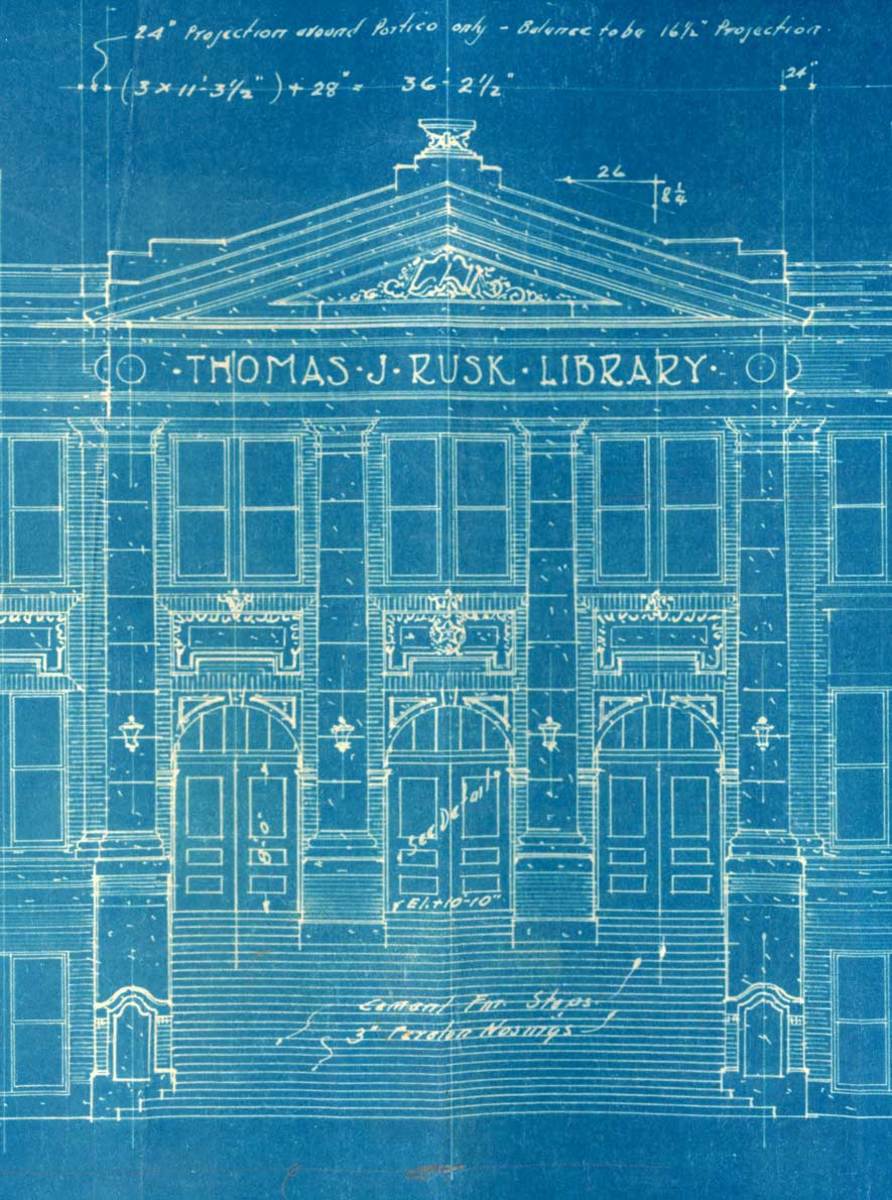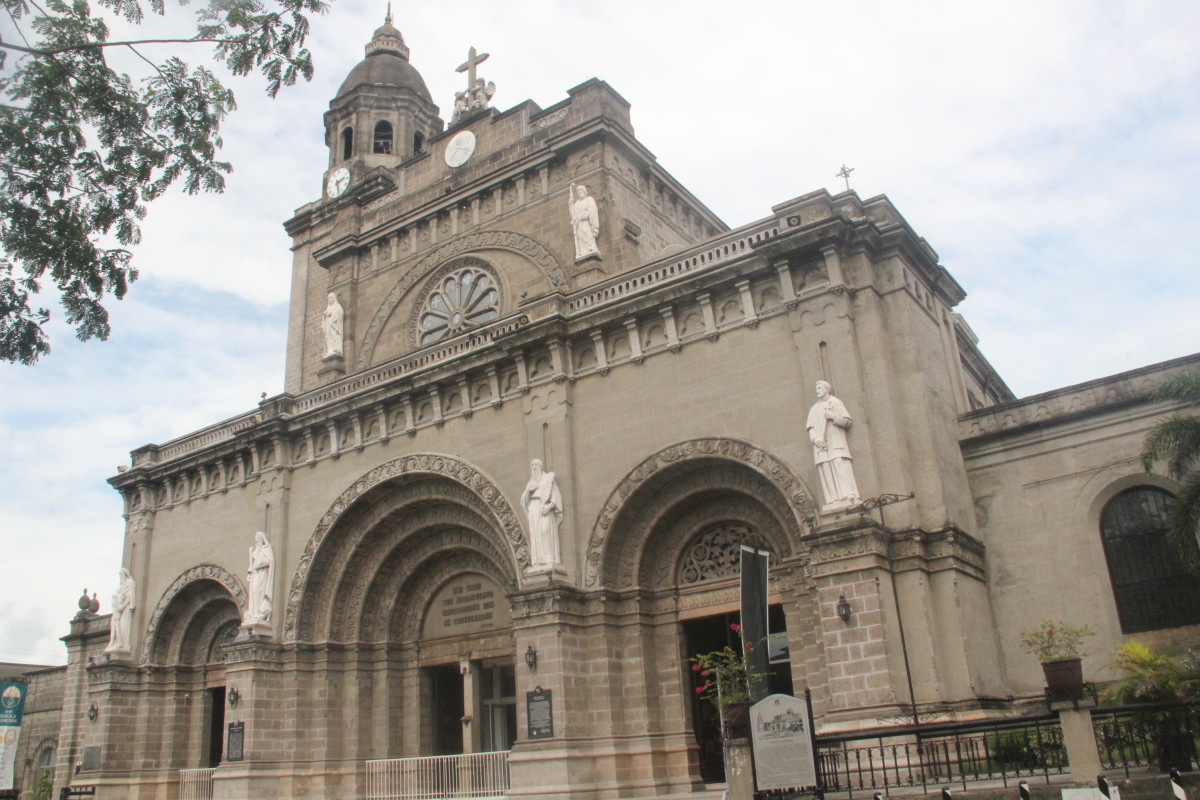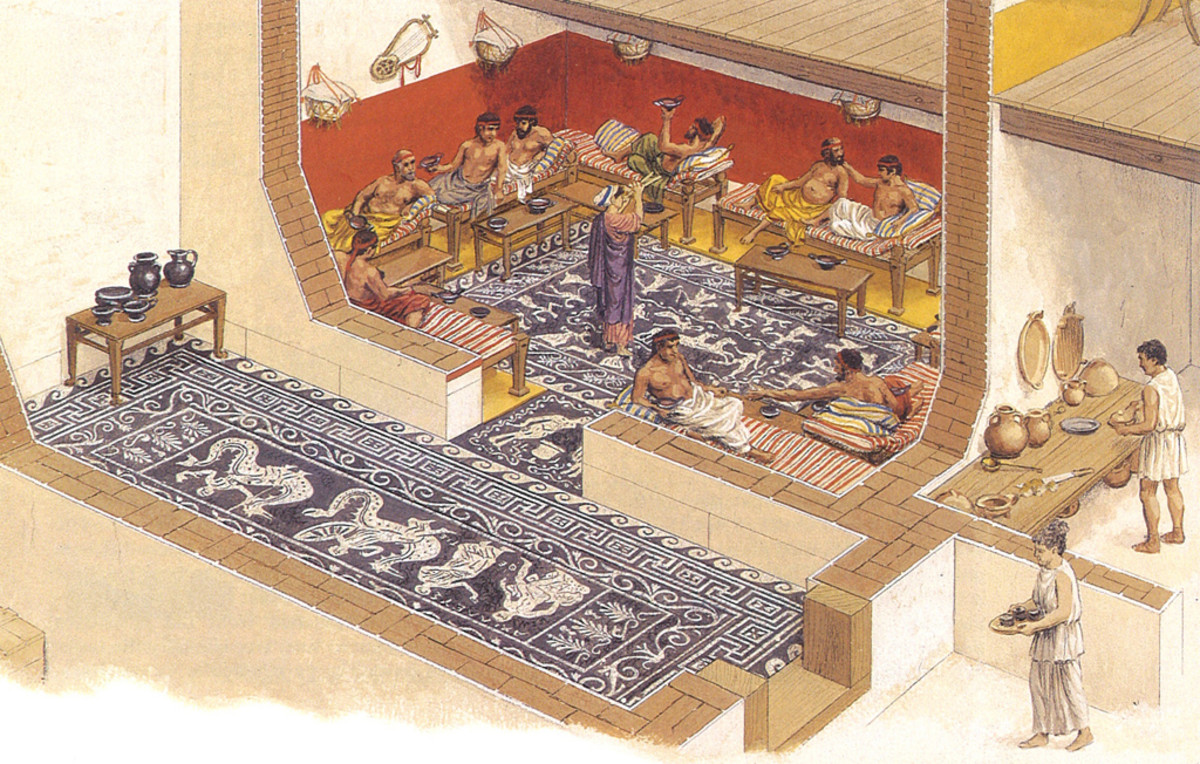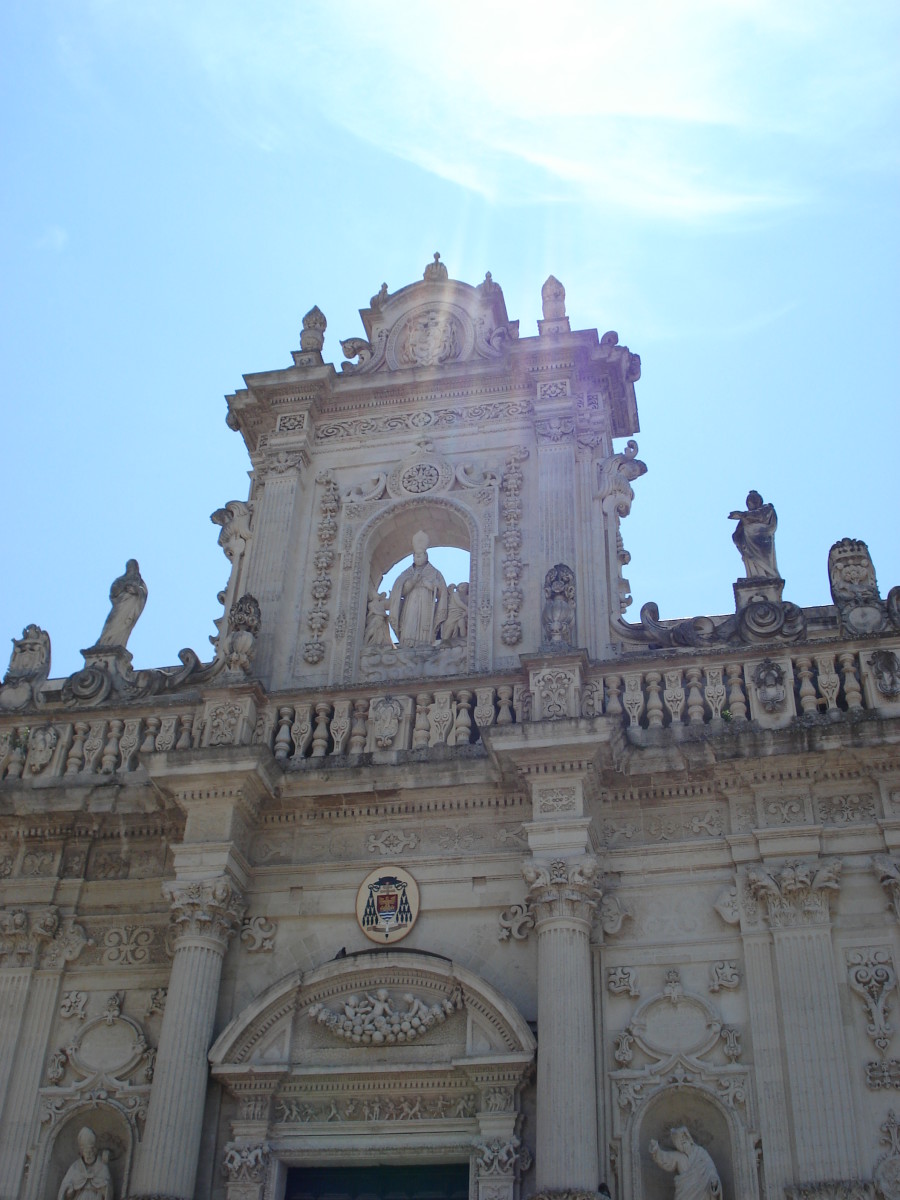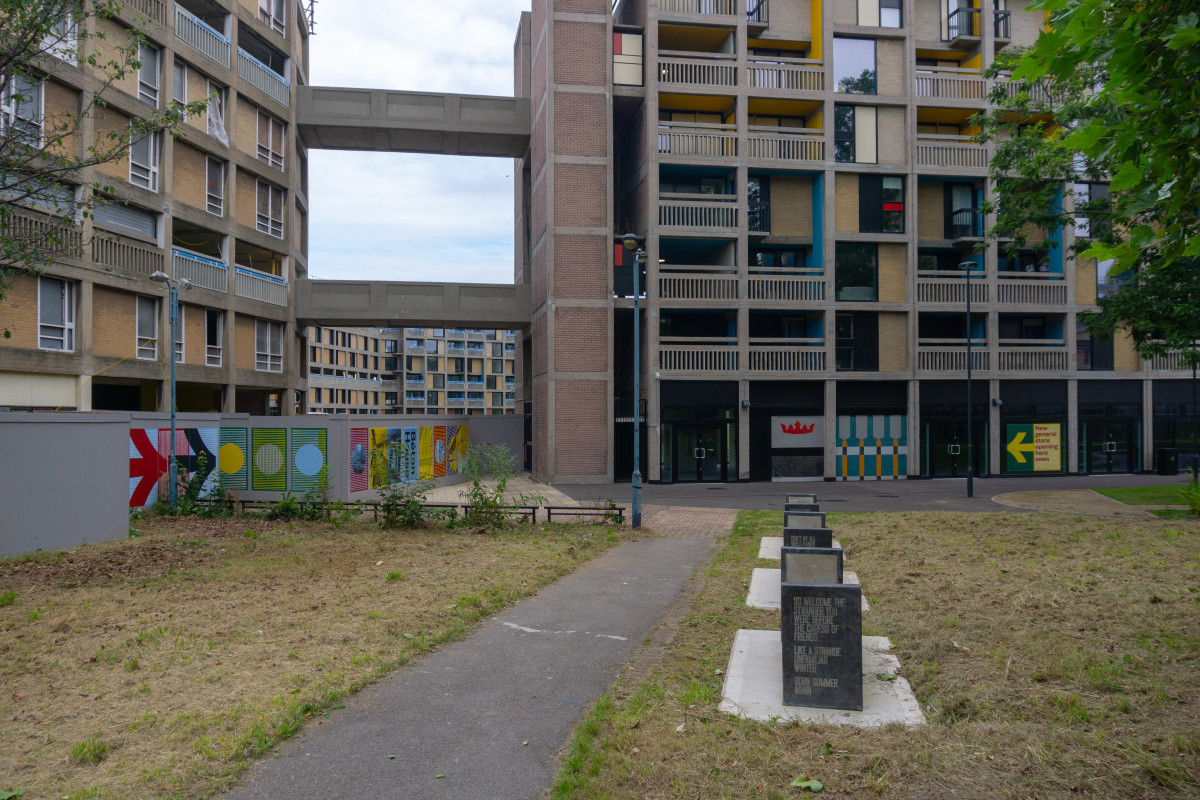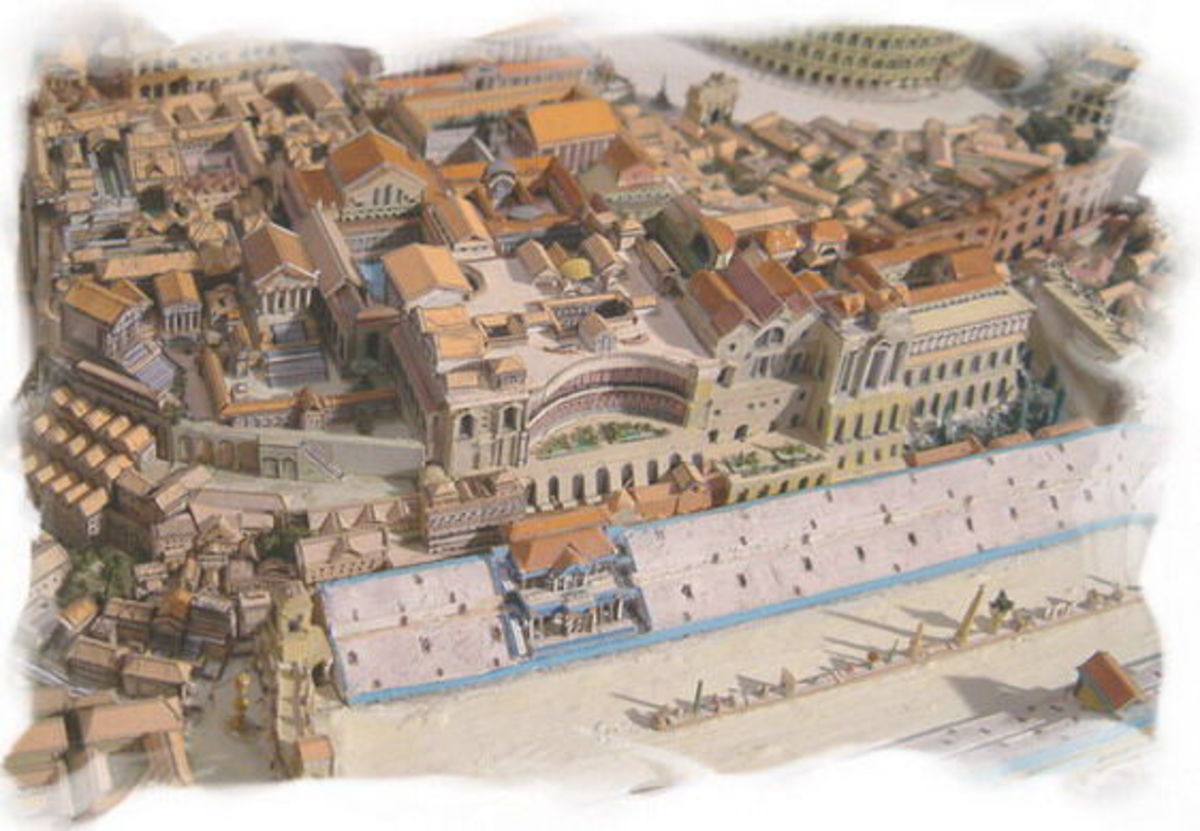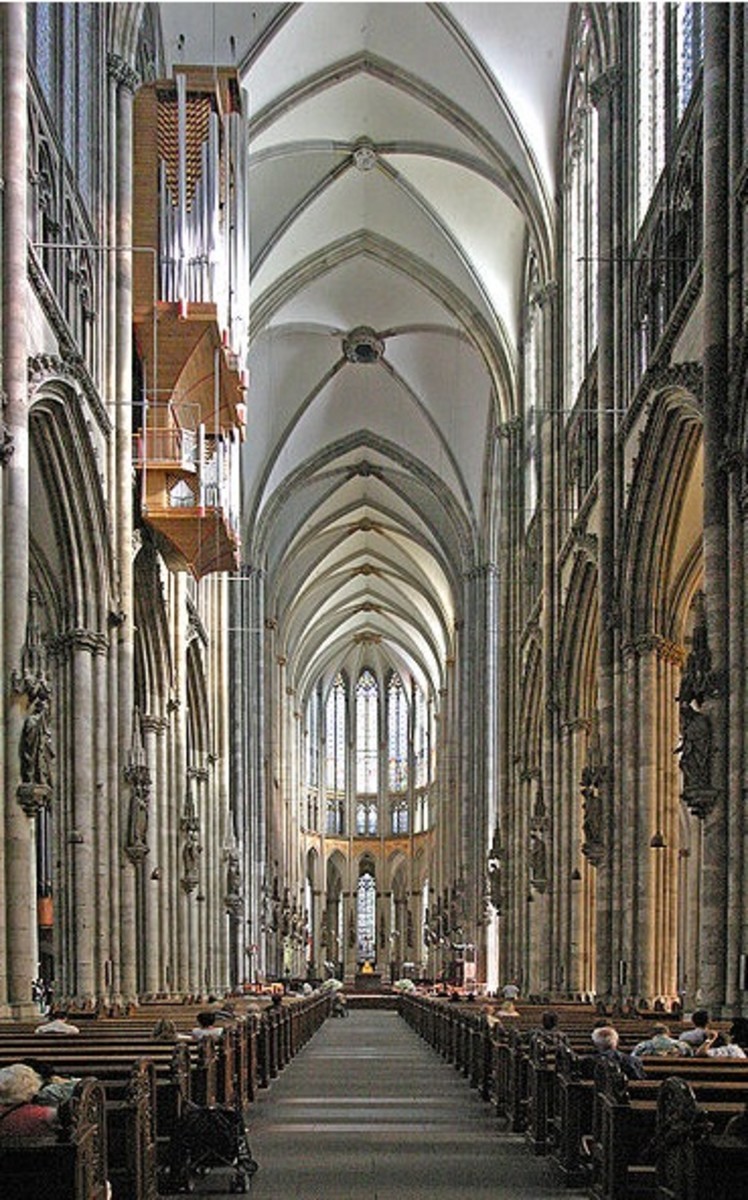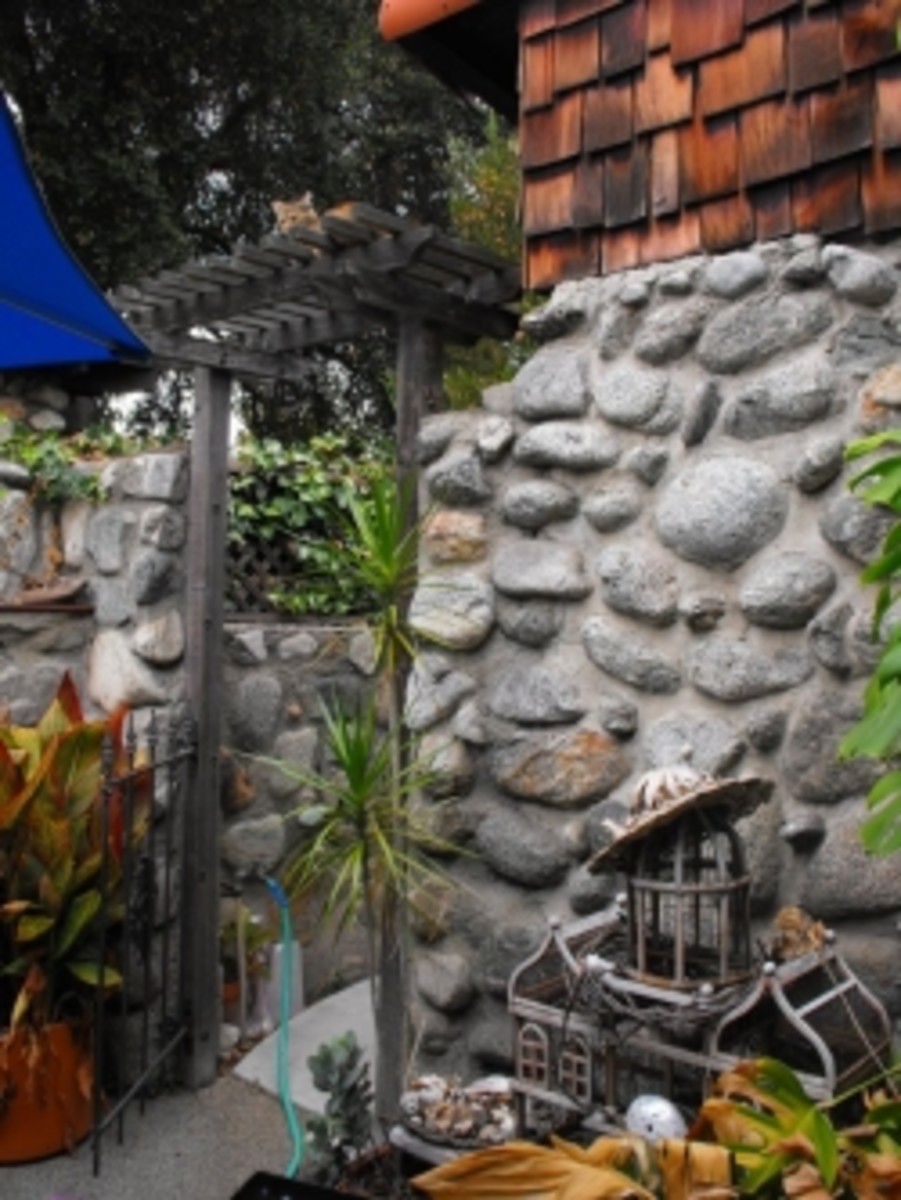GOTHIC CHURCHES
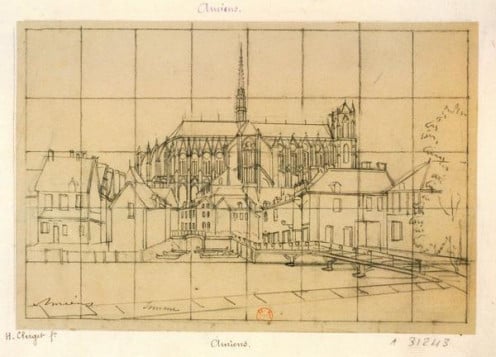
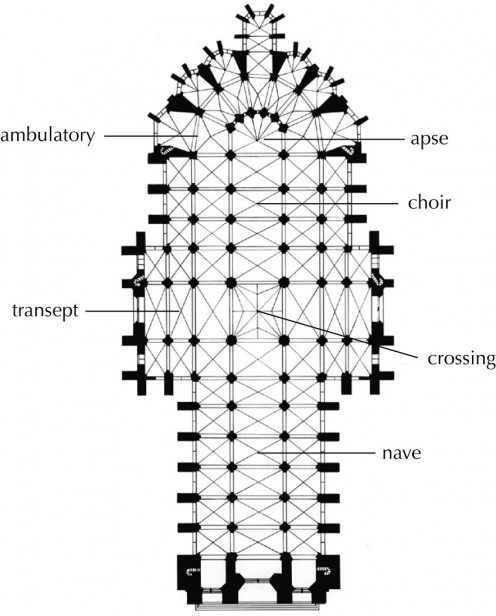
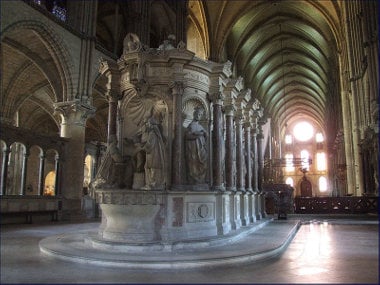
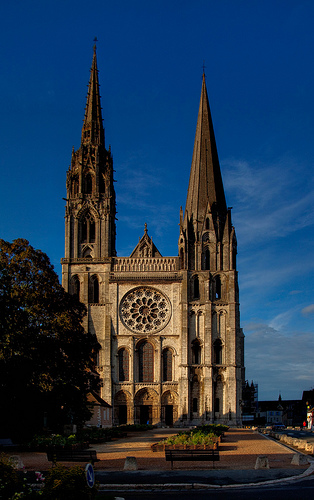
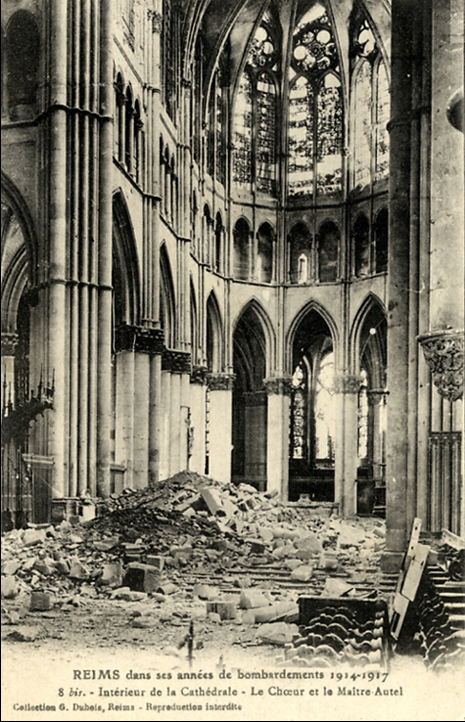
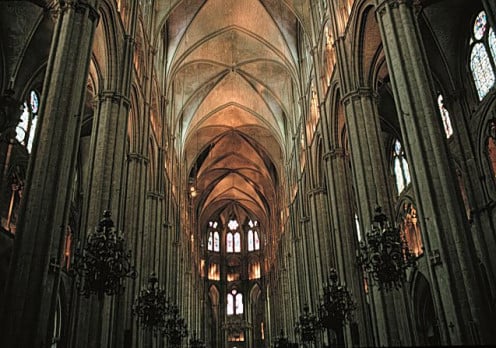
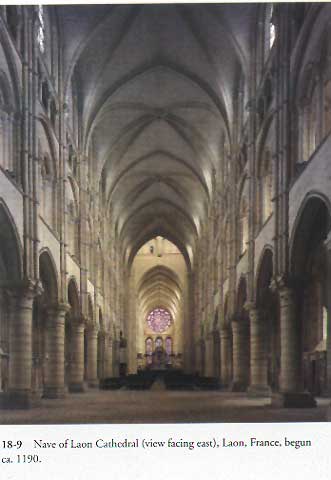
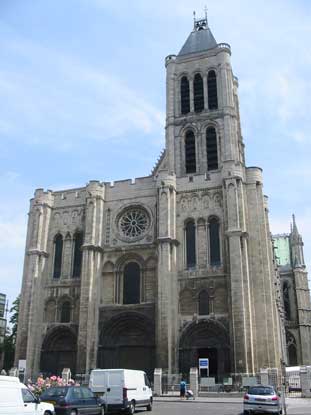
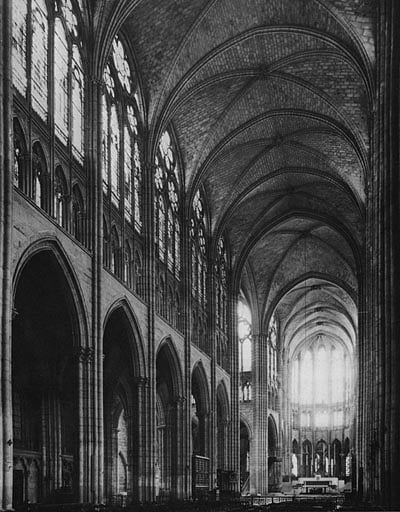
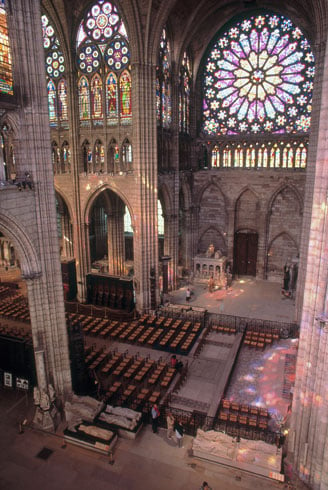
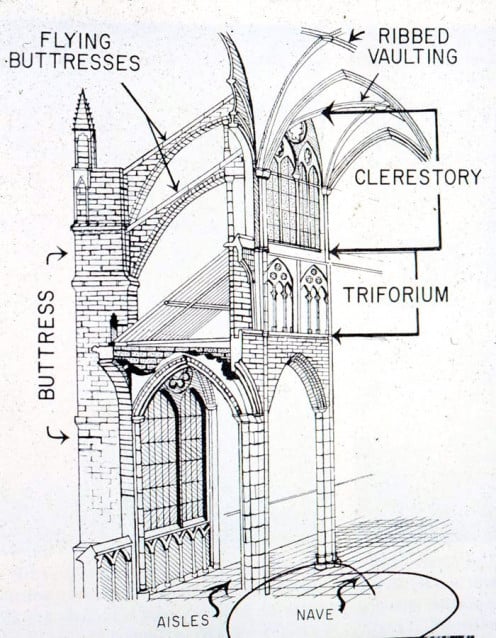

Twelfth century is normally associated with Gothic churches, mendicant orders, courtly poetry and scholasticism. To modern minds however it is the Gothic architecture which continues to mesmerize and inspires us.
CATHEDRAL OF LAON
It was in France that Gothic architecture first evolved. One of the earliest was the cathedral of Laon. It was conservative in architectural features, but it was a masterpiece which was imitated by other cathedrals in Cologne, Chartres etc. The window in the choir depicts the legend of Theophilius, who was supposed to have sold his soul to the devil, but was later saved by Our Lady.
CATHEDRAL OF CHARTES
The cathedral of Chartes is an excellent example of early Gothic architecture. A fire in 1194 destroyed the Cathedral, which was later rebuilt between 1195 and 1220. It was the first classical Gothic church in Europe and had 170 windows and thousands of statues. Though the major construction activity was during this period, important additions were made subsequently. For example the chapel in the southern transept was built in XV century and the decoration of the choir in XVIII century. Other important cathedrals of this period were those of Bourges and Reims. The Cathedral of Bourges had five naves of varying heights and the Reims cathedral is renowned for its sculpture and is representative of the architectural school of Champagne. Châlons-en-Champagne incidentally is the home of Gothic architecture. The museums here contain over 430,000 books and manuscripts apart from paintings, sculptures, furniture, tapestries and artistic objects.
ROBERT LUZARCHES
One of the major architects of the thirteenth century was Robert of Luzarcheswho laid the standards of Gothic architecture. His noteworthy contribution was reconstruction of the old Amiens cathedral which was destroyed by fire in 1218. The Bishop Evrard de Fouilloy wanted it rebuilt in Gothic style and he entrusted it to Robert of Luzarches. The cathedral was impressive in size, features and construction. It was larger than the cathedral of Reims and more spacious than Notre Dames in Paris. It has a middle aisle with two side aisles and has a nave which is 470 ft in length, 164 ft in breadth and 141 ft in height. The transept had a height of 213 ft and it was popularly known as the classical ‘Gothic Parthenon’. His design was copied by others because of the successful manner its weight and strength were counterbalanced.
Cathedral of Reims, apart from being representative of Gothic art, is steeped in history. Starting with Clovis in 496 CE, twenty five French Kings had their coronation here and during World War I the city was completely devastated.
CATHEDRAL OF BOURGES
Bourges cathedral was another church of the era which paved the way for Gothic art. A royal city since 1100, it was Archbishop Henry de Sully who reconstructed the church in Gothic style. As the immediate surroundings of the church still retain half-timbered houses of the medieval times, it has been included by UNESCO in its World Heritage list.
ABBOT SUGER OF SAINT-DENIS CAROLINGIAN CHURCH
One of the great pioneers in the growth of Gothic architecture, was Abbot Suger of Saint –Denis Carolingian church. This Church which was consecrated by Charlemagne in 775 CE was in a very bad shape when Suger became its Abbot in 1122. He therefore decided to renovate it. Old Romanesque churches were dark and dreary. He was impressed by the Cathedral of Canterbury’s ‘light of its glass windows’. Though Romanesque churches had stained glass windows, it did not radiate the uplifting power of light. Suger introduced great innovations. An impressive façade was built on the westerns side and colorful mosaics added in the interior. Ribbed vaulting gave it a heavenward appearance and the sanctuary was bathed in radiant light streaming from the newly added fourteen stained glass windows. The renovation work which started from 1134 was concluded by its consecration in 13 January 1151. This innovation by Suger was called ‘LUX CONTINUA’, unbroken light, which became a trend during the middle ages.
IMPACT IN SPAIN AND GERMANY
Spanish Gothic churches adopted a lot of French innovations which is reflected in the Cathedrals of Burgos, Toledo and Leon. But their interior furnishings and placing of choir stalls in the center of the nave in front of the crossing gave it a unique identity. Gothic architecture in Germany was introduced sixty years after it was introduced in France, and its distinctive feature was the great brick churches on the plains of northern Germany.
Centuries later, these architectural marvels continue to enchant and inspire millions of faithful and lovers of art throughout the world.




